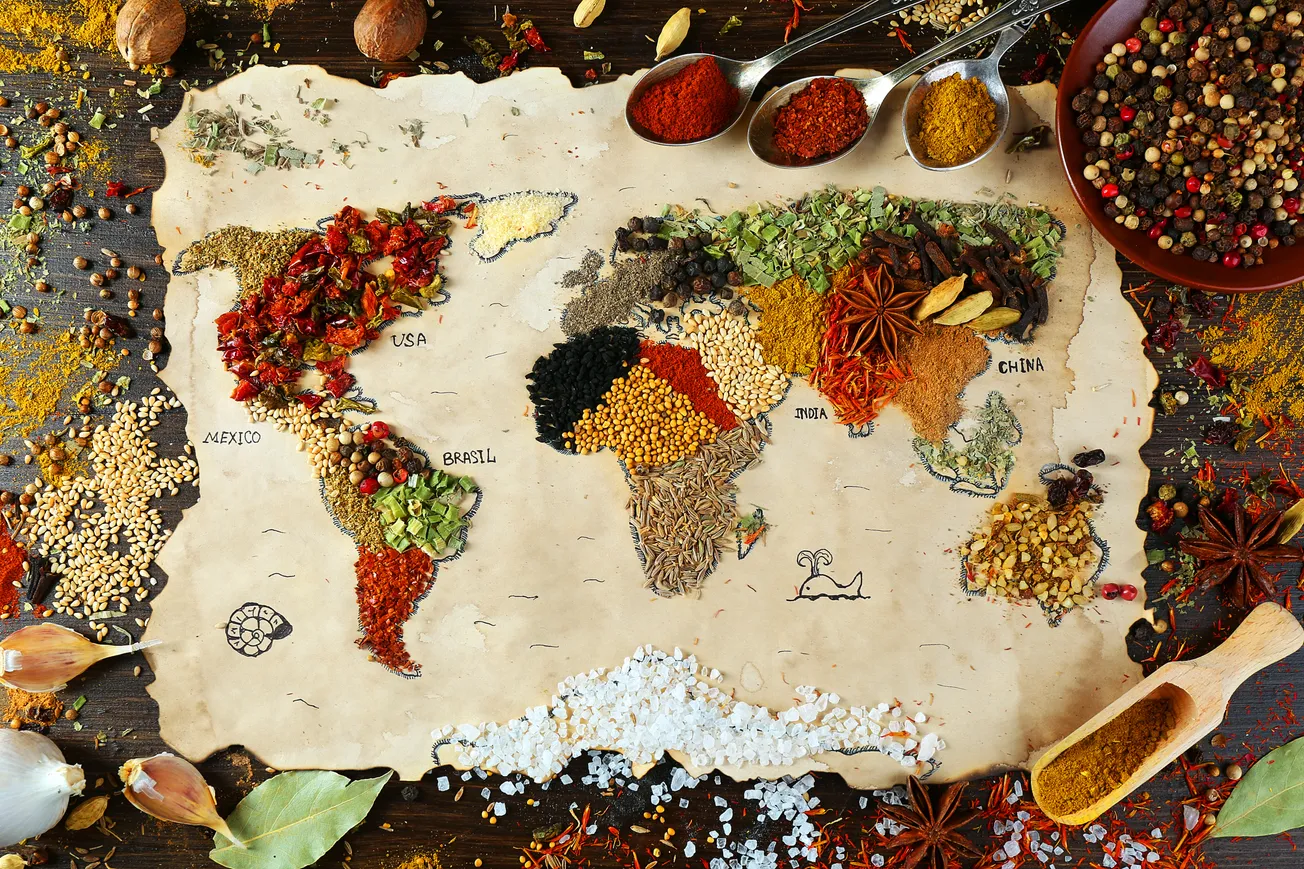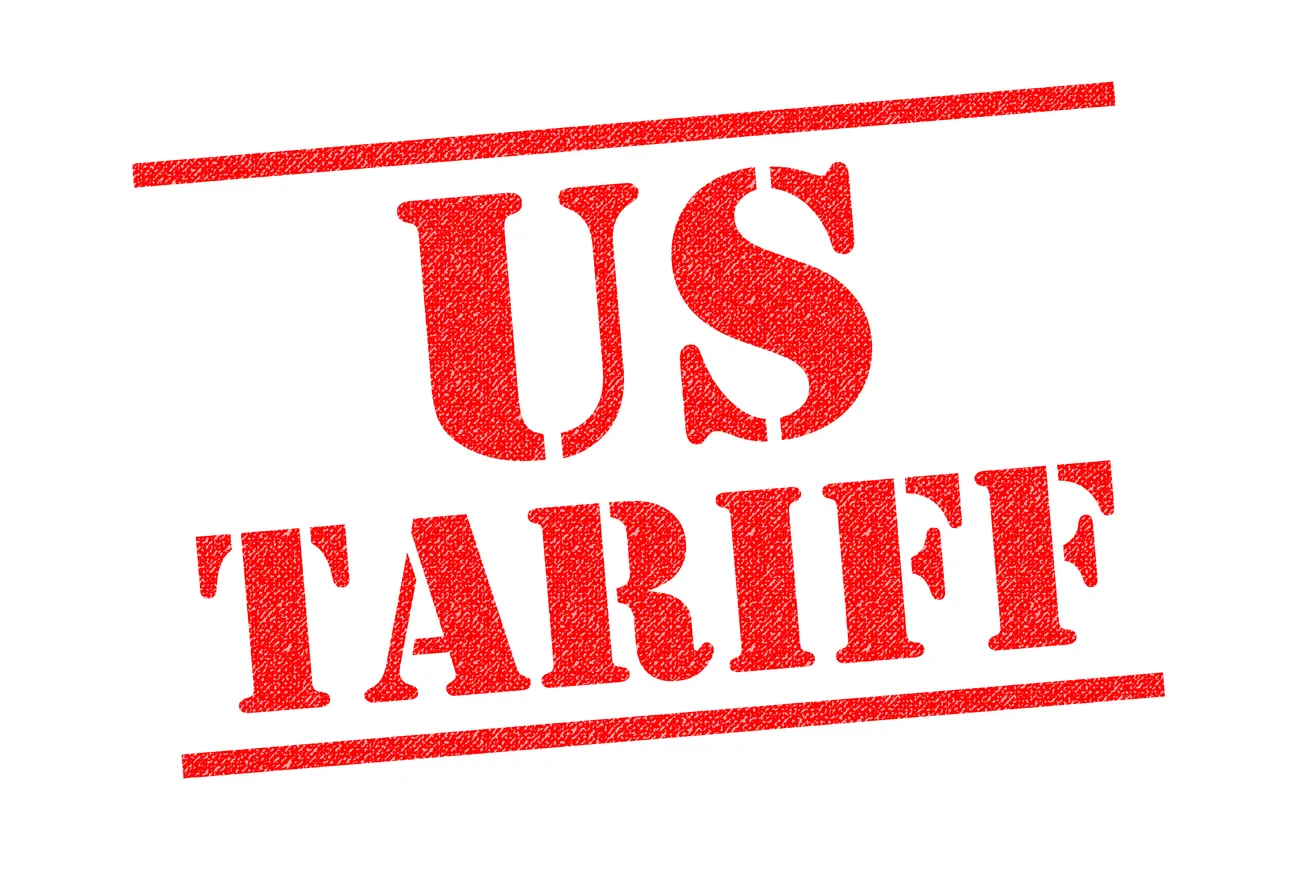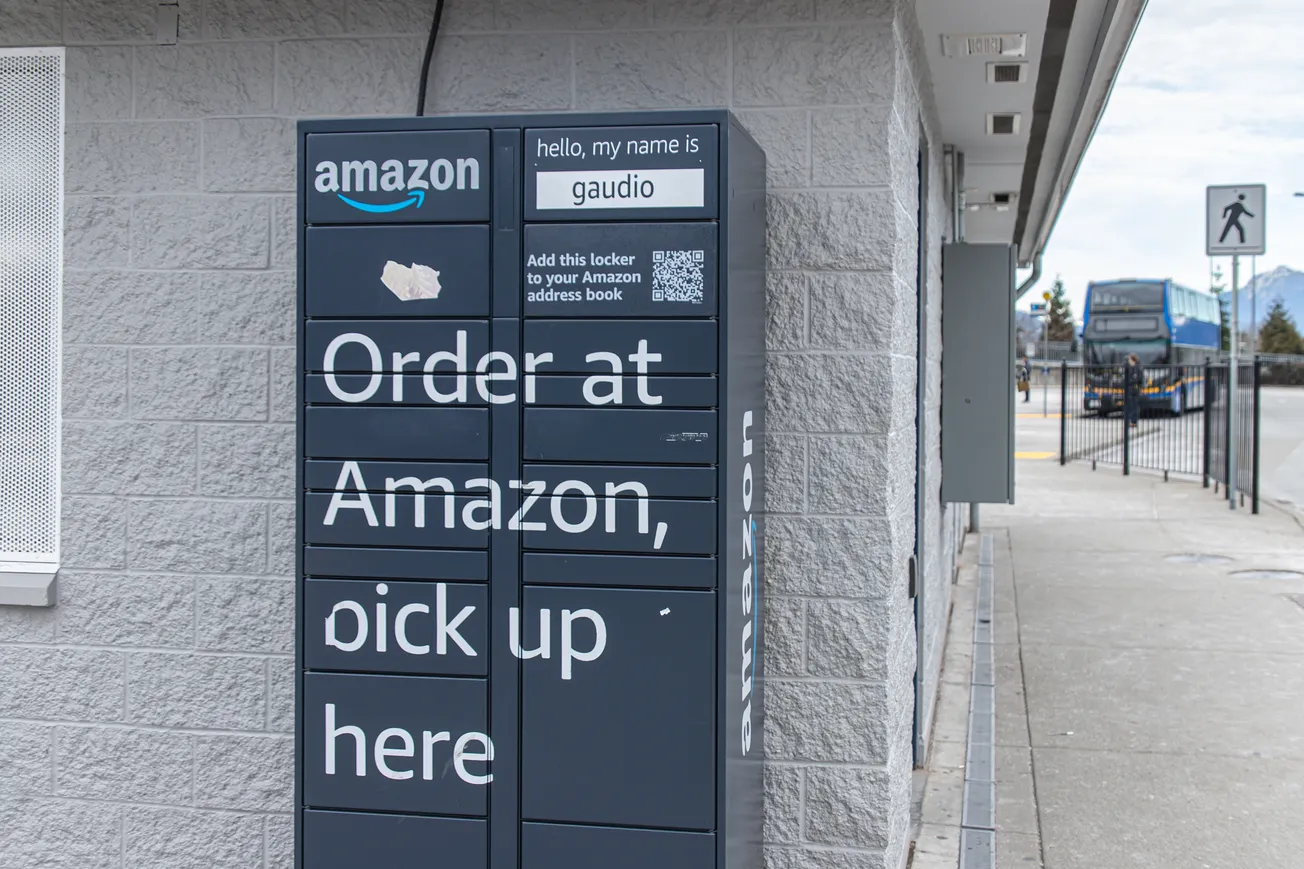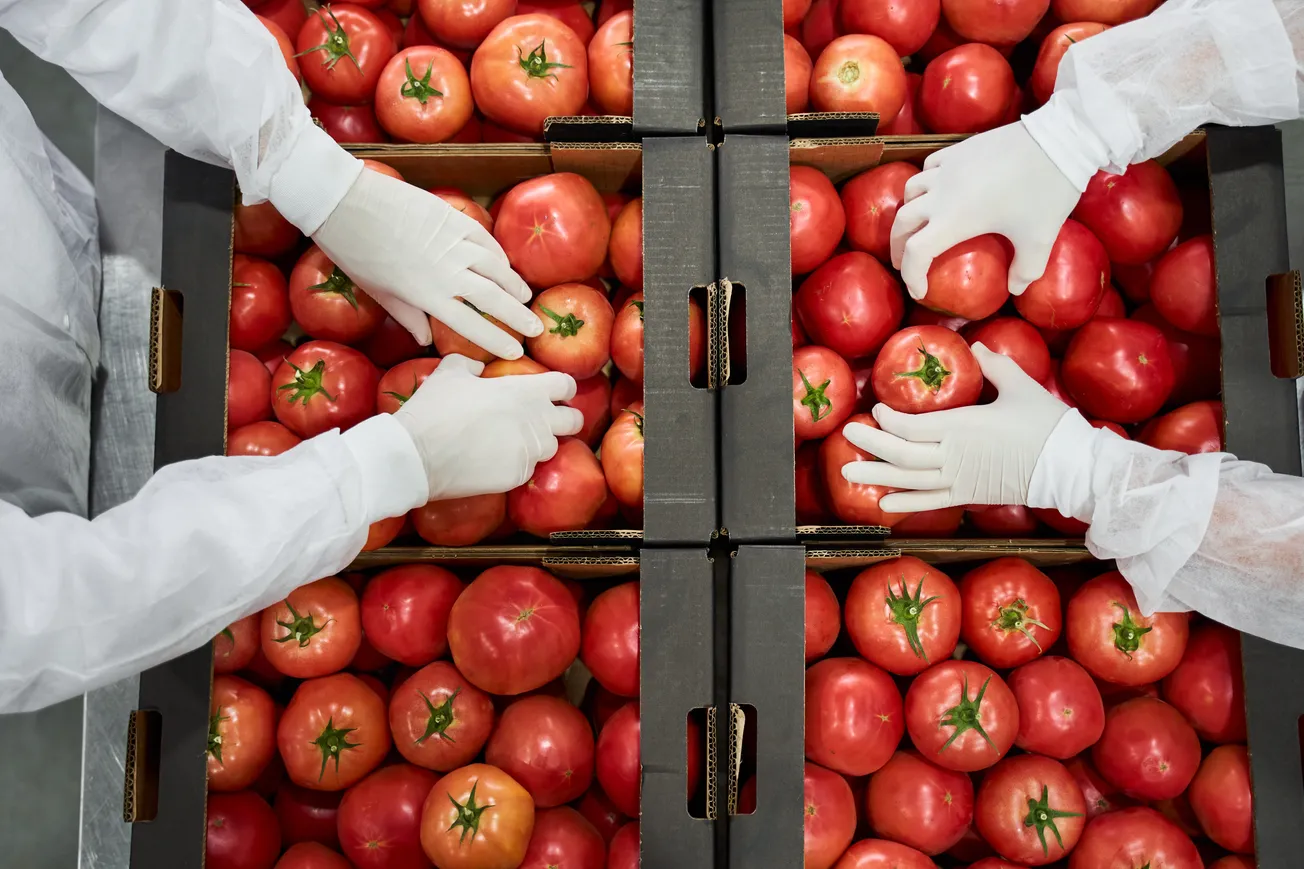As sweeping new tariffs threaten the flow of imported goods into the United States, ethnic grocery stores are pivoting quickly to adapt. These retailers—vital for both immigrant communities and adventurous food lovers—are reevaluating sourcing strategies, adjusting inventories, and making tough pricing decisions to maintain operations.
Yet for many, the struggle is not just economic—it’s cultural. Some essential ingredients that define their product offerings have no American equivalent, making substitution impossible and adaptation extremely difficult.
Impossible to Replace: Foods Without a U.S. Equivalent
At the heart of the crisis are staple goods that simply cannot be produced domestically at scale, or replicated with the same cultural authenticity.
Dried anchovies, central to Korean and Filipino stocks and sides, must be imported from Asia. Vietnamese fish sauce, or nước mắm, is fermented using regional techniques and environmental conditions that don’t exist in the U.S. Similarly, Thai curries rely on ingredients like kaffir lime leaves, galangal, and Thai basil—items with limited or no commercial U.S. cultivation.
Indian asafoetida, or hing, a crucial spice in vegetarian cooking and Ayurvedic recipes, is sourced almost exclusively from Afghanistan and India.
Japanese items like Kewpie mayonnaise and traditional pickled vegetables require unique preparation methods that don’t translate easily to American food production systems.
With recent tariffs adding as much as 125% to the cost of Chinese imports, and up to 47% on goods from countries like Vietnam, India, and Mexico, the economic pressure is intense.
Retailers are left with a painful choice: absorb the costs and cut margins, pass prices on to consumers, or eliminate products altogether. For grocers committed to authenticity, the last option is often unacceptable—yet increasingly unavoidable.
Strategies for Survival
Despite the odds, ethnic grocers are responding with innovation and grit.
Some are shifting their sourcing to countries not yet hit with tariffs, such as Taiwan or South Korea, although this often comes with compromises in flavor or brand familiarity. Others are preemptively stockpiling non-perishable goods like sauces and dry noodles, anticipating price spikes and potential shortages.
Larger chains and well-capitalized independents are experimenting with private-label alternatives, contracting manufacturers in lower-tariff regions to produce store-brand versions of popular products. Still, these adaptations can only go so far, especially when authenticity is central to the product’s appeal.
Customer education has become another key tactic. Store owners are posting notices about the rising costs of imported goods and encouraging bulk purchases to help shoppers cope. In some cases, they’re guiding customers toward minor recipe adjustments that rely more on available or affordable ingredients—though for purists, such changes are a last resort.
Cultural Stakes and Economic Pressure
Ethnic grocery stores provide access to foods that preserve identity, memory, and tradition. When prices rise or items disappear from shelves, it’s not just a business loss—it’s a communal one. In cities like Houston and Des Moines, grocers report growing anxiety among customers, many of whom feel caught between rising living costs and the need to keep cultural practices alive.
The situation is particularly dire for small, family-owned businesses with thin profit margins, who may not have the volume or cash flow to absorb price shocks.
In Houston’s Daido Market, Japanese delicacies such as mentaiko (spicy cod roe) and takoyaki (octopus balls) are becoming increasingly expensive. Co-owner Toyo Hagiwara says each new shipment arrives with more uncertainty: not just about whether customers will pay more, but whether the items will even arrive on time, if at all.
These fears are echoed nationwide, where even established chains like H Mart and Patel Brothers are reevaluating their supply chains.
A Broader Supply Chain Reality
The ethnic grocery sector’s challenges highlight broader vulnerabilities in the global food supply chain.
The U.S. does not and cannot produce many of these items, either because of climate, labor constraints, or the hyper-specific production techniques involved. Fermentation, curing, and spice blending are often performed using traditional methods passed down over generations, in regions where conditions are ideal. No American factory or farm can replicate these products at scale without compromising quality.
Even gourmet brands face similar challenges.
Fly By Jing, the maker of the popular Sichuan chili crisp, relies on ingredients sourced directly from China. Founder Jing Gao has already absorbed tariff costs to avoid alienating customers, but acknowledges that the strategy isn’t sustainable. As the company balances rising prices and consumer expectations, its story mirrors that of many grocers—large and small—attempting to maintain authenticity in a volatile trade environment.
Resilience in the Aisles
Ethnic grocers are proving resilient, but their ability to survive long-term will depend on more than creativity. Without relief from tariff burdens or better access to low-duty trade routes, many may be forced to scale back or shutter altogether.
As global trade policies continue to shift, the future of America’s multicultural food landscape may rest in the hands of store owners navigating one of the toughest retail environments in recent memory.









